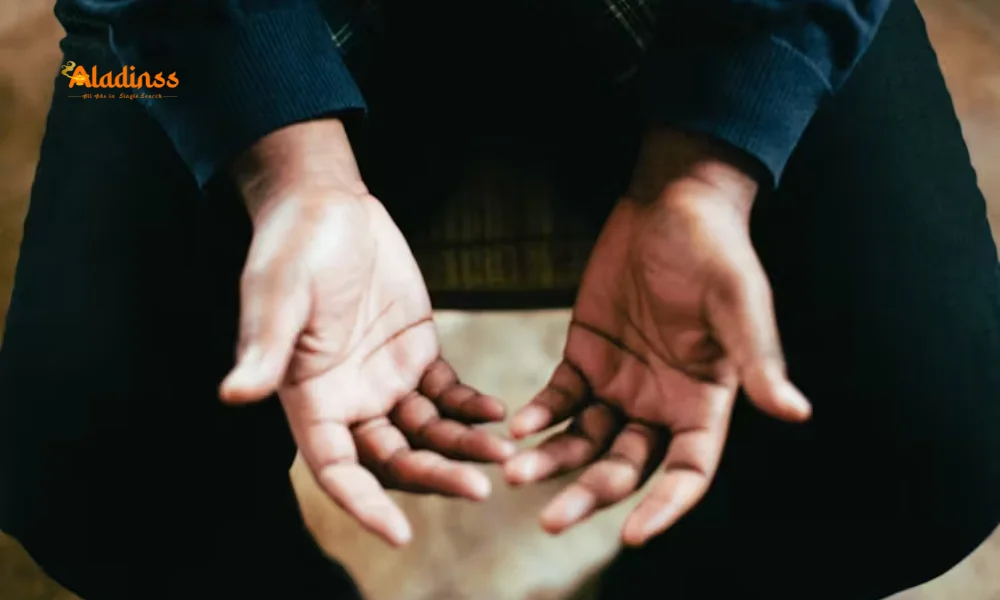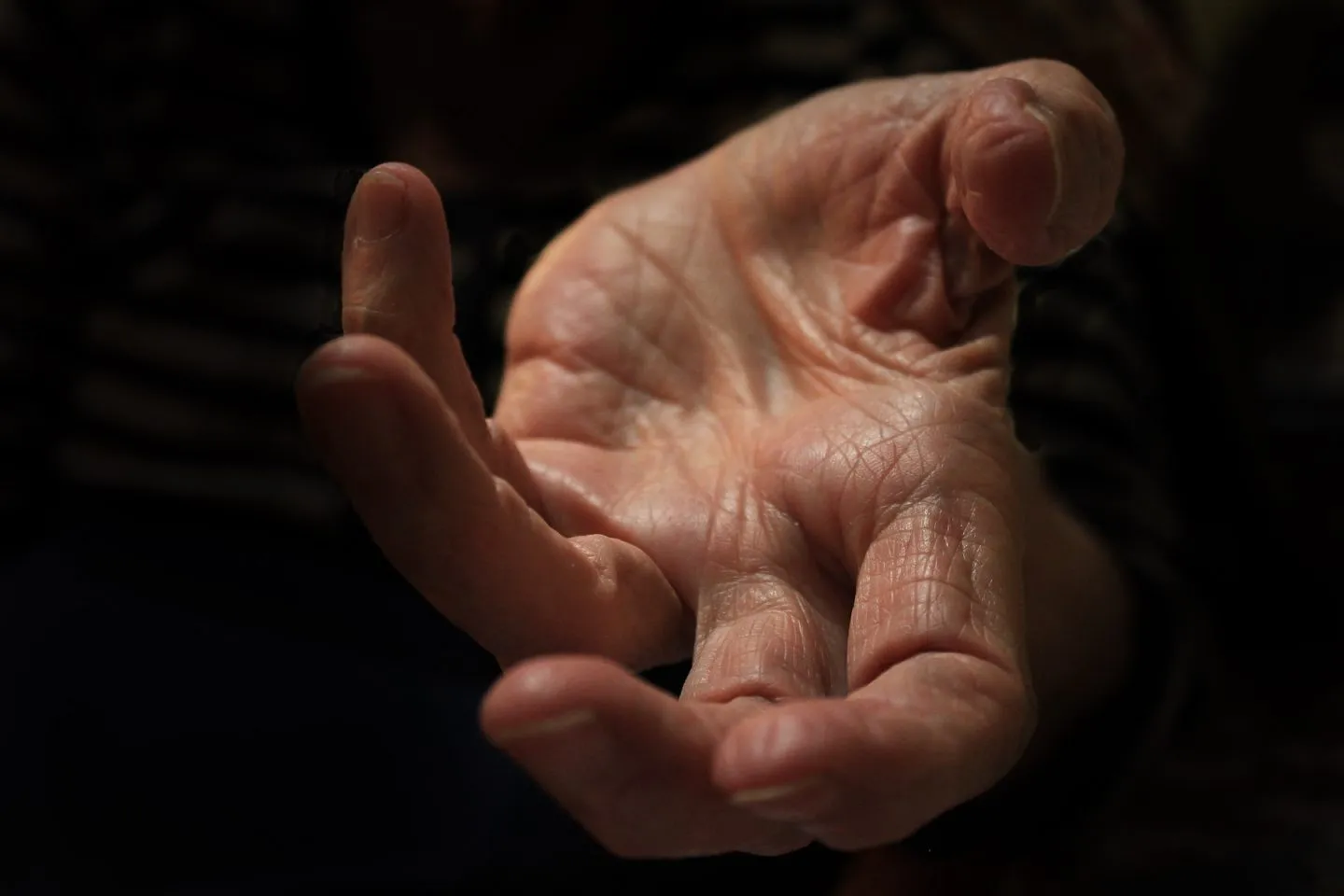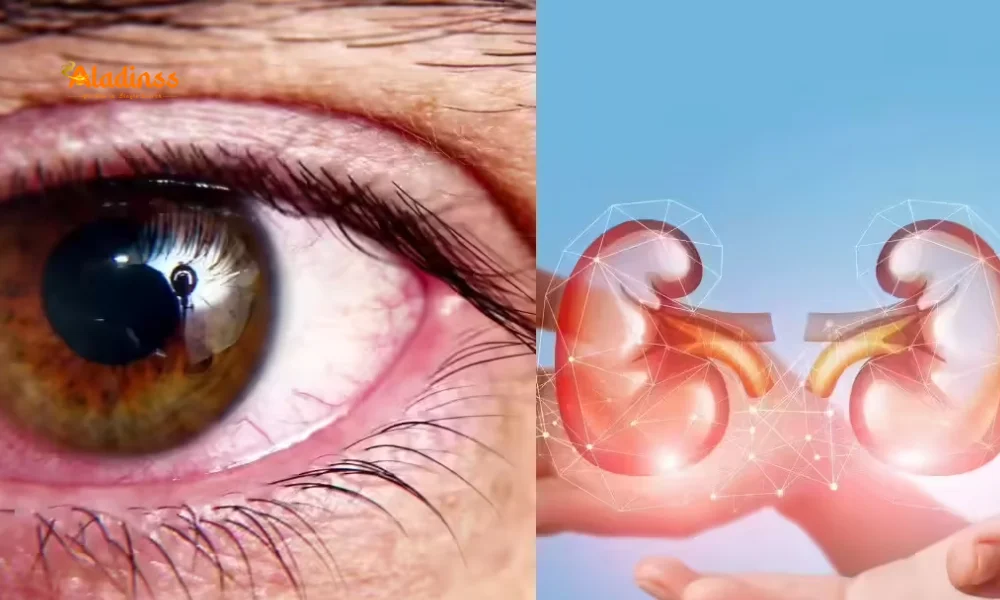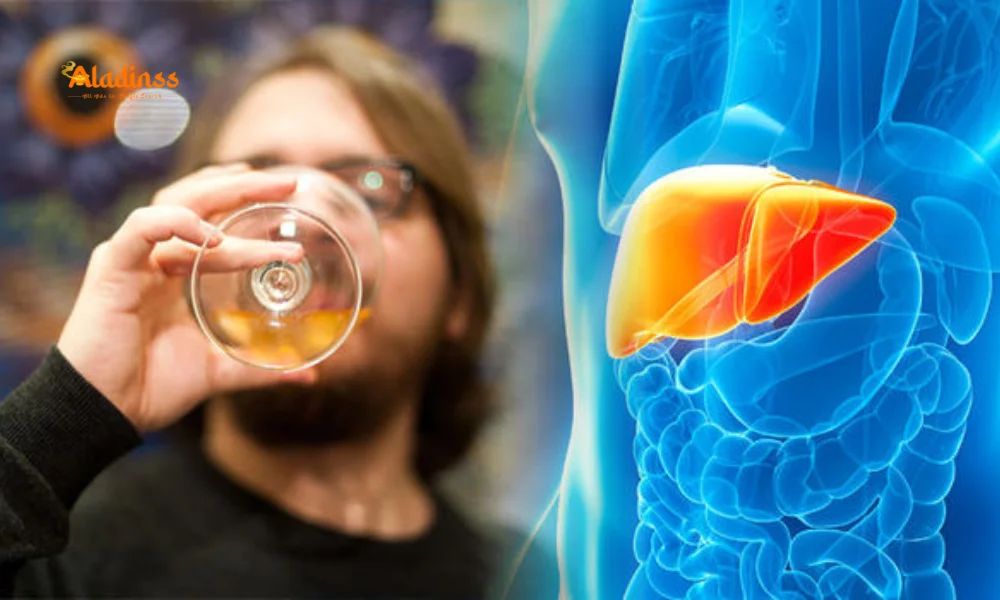Why Hair Doesn't Grow on Palms: The Science Explained

Why Hair Doesn't Grow on Palms: The Science Explained
Have you ever wondered why hair grows on most parts of your body but not on the palms of your hands or the soles of your feet? This unique trait isn’t a coincidence—it’s rooted in the biology and structure of the skin in these areas. Unlike other parts of the body, the skin on palms and soles is specially designed, lacking the features that allow hair to grow. From thick skin to the absence of hair follicles and specific genetic factors, several reasons explain this phenomenon. This article dives into the science behind why hair doesn’t grow on palms and soles and explores rare conditions where this norm is defied.

The human body is covered with different types of skin, each adapted to its specific function. The skin on palms and soles, known as glabrous skin, is thicker and more durable than the hairy skin found elsewhere. This unique structure, combined with the absence of hair follicles and oil glands, prevents hair growth in these areas. Additionally, genetic and developmental factors play a role in ensuring that palms and soles remain hairless, enhancing their functionality for touch and grip. Understanding these differences sheds light on the fascinating biology of our skin.
Thick Skin Structure of Palms and Soles
The skin on the palms and soles is significantly thicker than on other parts of the body, designed to withstand pressure and friction from daily activities like gripping or walking. This thickness, often referred to as glabrous skin, lacks the small hair follicles that are present in other areas, making hair growth impossible. According to Healthline, the absence of these follicles is a key reason why hair doesn’t grow on palms and soles, as follicles are essential for producing hair strands.
This thick skin serves a functional purpose, providing durability and sensitivity for tasks requiring precise touch. Without hair, the palms and soles maintain a smooth surface, enhancing grip and tactile sensation. The unique structure of this skin, combined with its lack of hair-producing components, ensures that these areas remain hairless, aligning with their evolutionary role in human movement and interaction.
Absence of Oil Glands in Palms and Soles
Most of the body’s skin contains sebaceous glands, which produce oil to lubricate hair and skin, supporting hair growth and maintenance. However, the palms and soles have very few, if any, of these oil-producing glands. This absence contributes to the lack of hair growth, as sebaceous glands are typically associated with hair follicles, providing the necessary environment for hair to thrive.
Without oil glands, the skin on palms and soles remains dry and hairless, which enhances their functionality. The lack of oil prevents slipperiness, allowing for better grip and stability. This adaptation ensures that these areas are optimized for tasks like holding objects or walking, where hair would be impractical and potentially hinder performance.
Genetic and Protein Regulation of Hair Growth
Genes and proteins in the body play a crucial role in determining where hair grows. Specific proteins are more active on the palms and soles, actively suppressing hair follicle development in these areas. This genetic regulation ensures that hair growth is limited to parts of the body where it serves a purpose, such as insulation or protection, while keeping palms and soles hairless for functional reasons.
These genetic mechanisms are part of human development, programmed to prioritize touch sensitivity and grip over hair growth in these areas. By preventing hair follicles from forming, the body ensures that palms and soles remain optimized for their roles, demonstrating the intricate balance of genetic control in skin biology.
Rare Medical Conditions Causing Hair on Palms
While hair growth on palms is extremely rare, certain medical conditions can disrupt the norm. Conditions like congenital hypertrichosis, hormonal imbalances, or changes in scar tissue after skin injuries can lead to hair growth on palms or soles. These cases are exceptional and often linked to genetic mutations or systemic health issues that alter the body’s usual hair growth patterns.
For example, congenital hypertrichosis, a rare genetic disorder, can cause excessive hair growth across the body, including areas like the palms. Similarly, hormonal imbalances may trigger abnormal hair growth in unusual locations. If hair appears on the palms or soles, consulting a healthcare provider is essential to investigate underlying conditions and ensure proper treatment.
The absence of hair on palms and soles is a remarkable example of how the body’s skin is tailored to its function. The thick, hairless skin, lack of oil glands, and genetic regulation work together to optimize these areas for touch and grip. While rare conditions may cause hair to grow in these areas, the hairless nature of palms and soles is a purposeful adaptation that enhances our daily interactions with the world.
Comment / Reply From
No comments yet. Be the first to comment!






